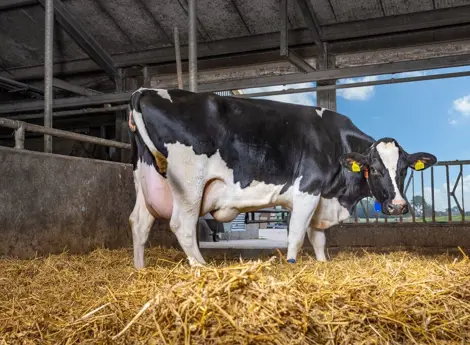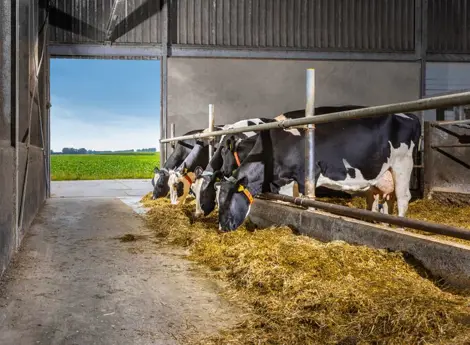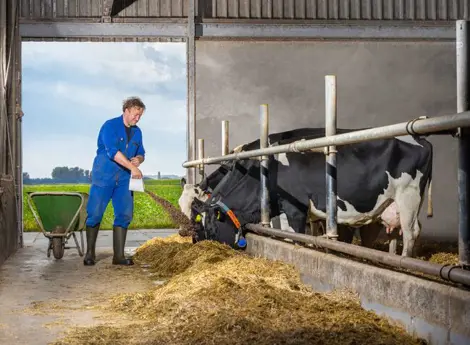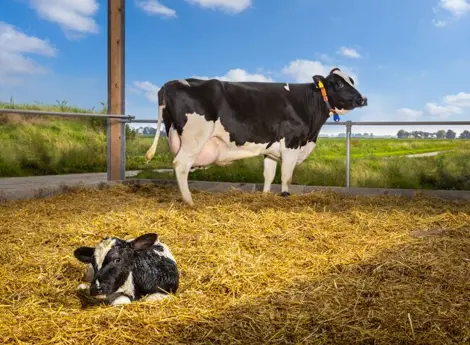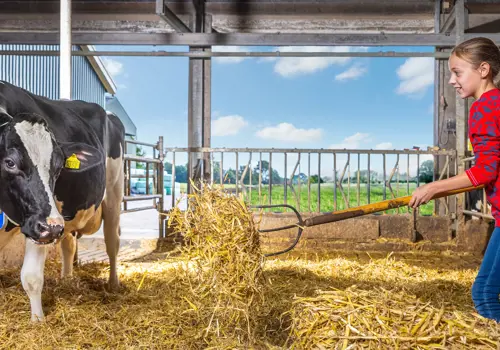
Prelacto
Taking control of the critical transition period
 Taking control of the critical transition period
Taking control of the critical transition period
Ask any dairy farmer about the biggest challenges they face in looking after their herd. Most – if not all – will mention the difficulties of preventing health issues during the transition period.
Prelacto dry cow plan
The Prelacto dry cow plan is a concept developed to ensure an optimum start to lactation for Dairy Cows. It’s a concept based both on nutrition and management aspects important to ensuring a good transition period and an optimum start. An optimum start entails easy calving, optimum colostrum power, healthy cows with no treatments needed, increasing milk production while minimizing BCS fall, and in the end improving fertility and profit.
It consists of four phases starting in the dry-off group right through to the early fresh group. This concept is an integral part of the De Heus way as it links in with the SynchroFOS system by reducing rumen environment fluctuations, improving adaption, and increasing rumen health and animal health.
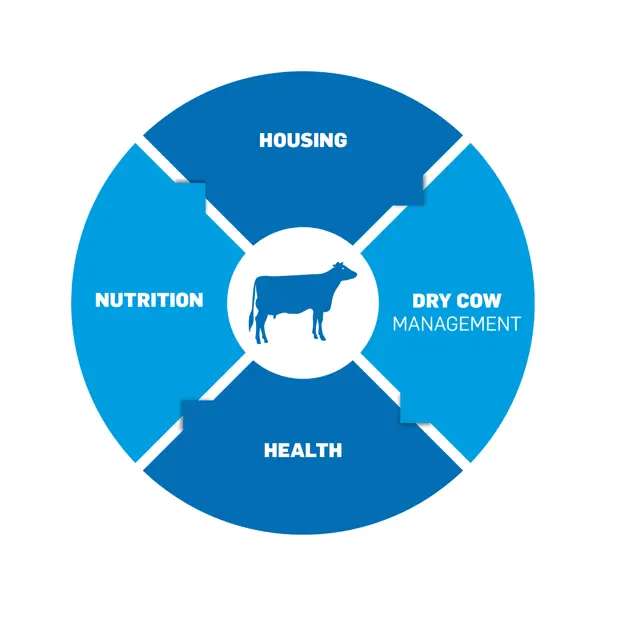
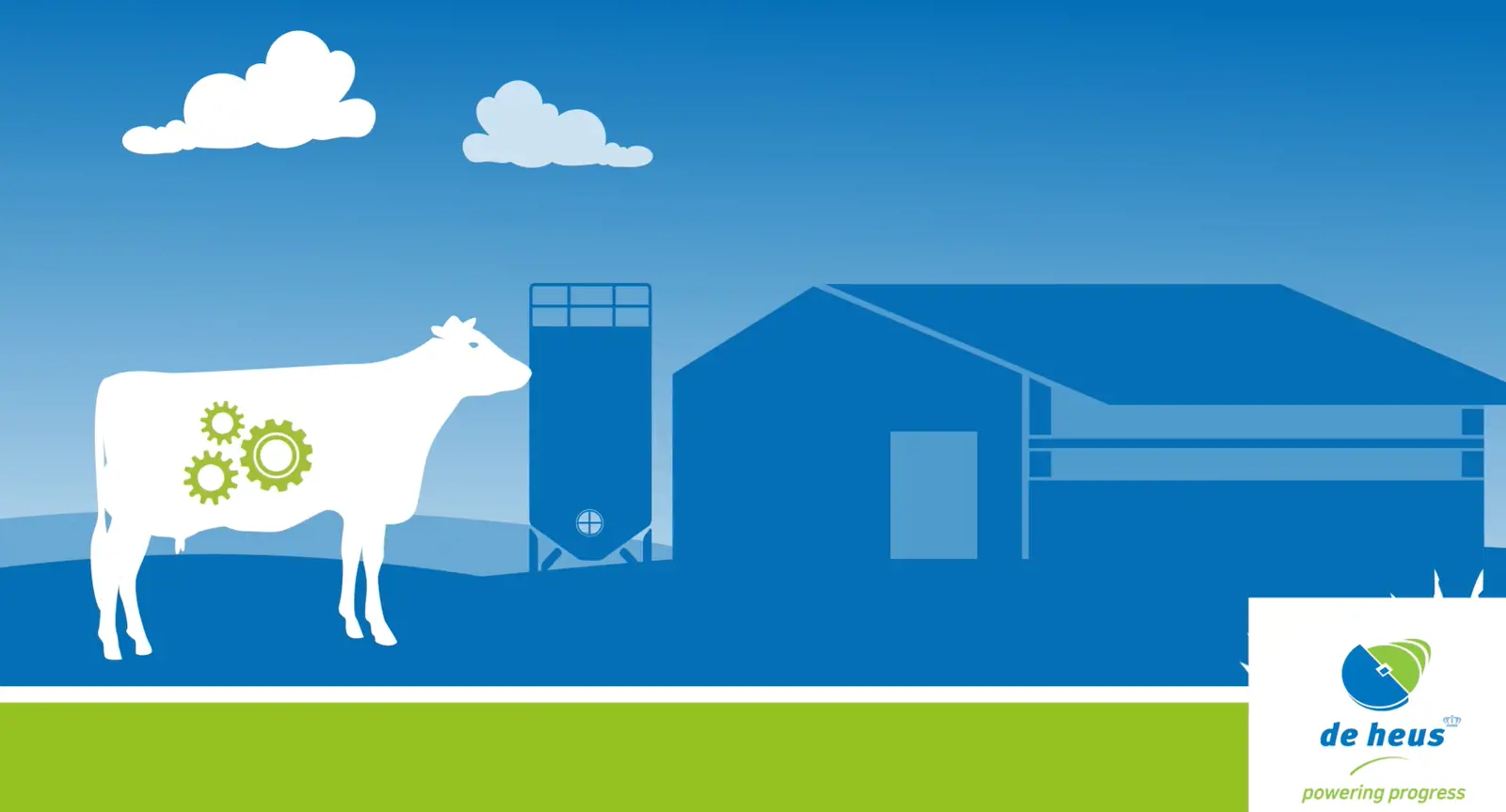
Prelacto dry cow plan phases
As a dairy farmer, you know the importance of the transition between lactations. Each phase plays a key role, and each needs to be handled differently. With a successful four-phase approach, you and your herd will reap the benefits, from one lactation to the next, and the next, and the next…
FAQ Prelacto
Frequently asked questions
A well-applied transition-management strategy opens the door to prevention rather than cure. By intervening in the cow’s health before illnesses take root, you’ll save valuable time and money.
Learn more about disease preventionCows require a large amount of calcium at the start of the lactation phase. One way to increase calcium levels around calving is to reduce the dietary cation anion balance (DCAD) during the close-up phase. Our proven DCAD strategy makes it easier for cows to transition to the next lactation.
Learn more about increasing blood calcium levelsMost farmers monitor the most common dietary minerals including calcium, potassium and magnesium. But don’t underestimate the role phosphorous plays in a cow’s nutrition: reducing phosphorous during the dry period is an important aspect of preventing subclinical diseases, especially hypocalcemia around calving.
Learn more about the role of phosphorousAs shown by on-farm studies conducted by De Heus, ketosis typically results from severe negative energy balance (NEB) due to sub-optimal dry-matter intake around calving. Our three-step approach will help to solve this issue.
Learn more about preventing ketosis and why it’s all about the dry periodAre there any challenges we can help you with?

